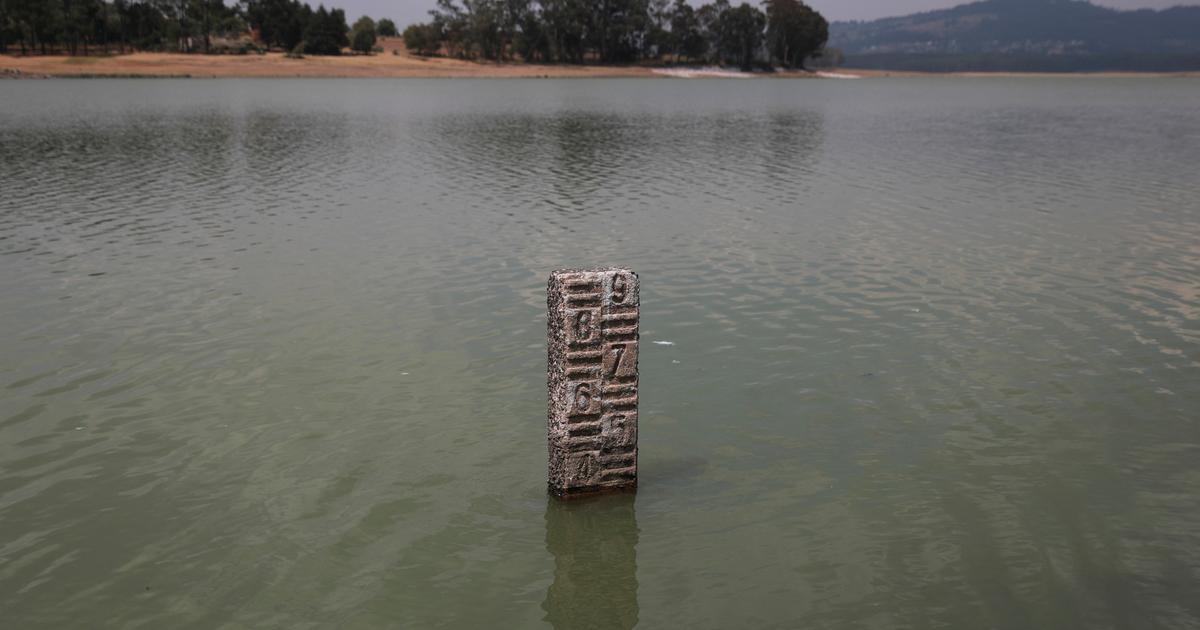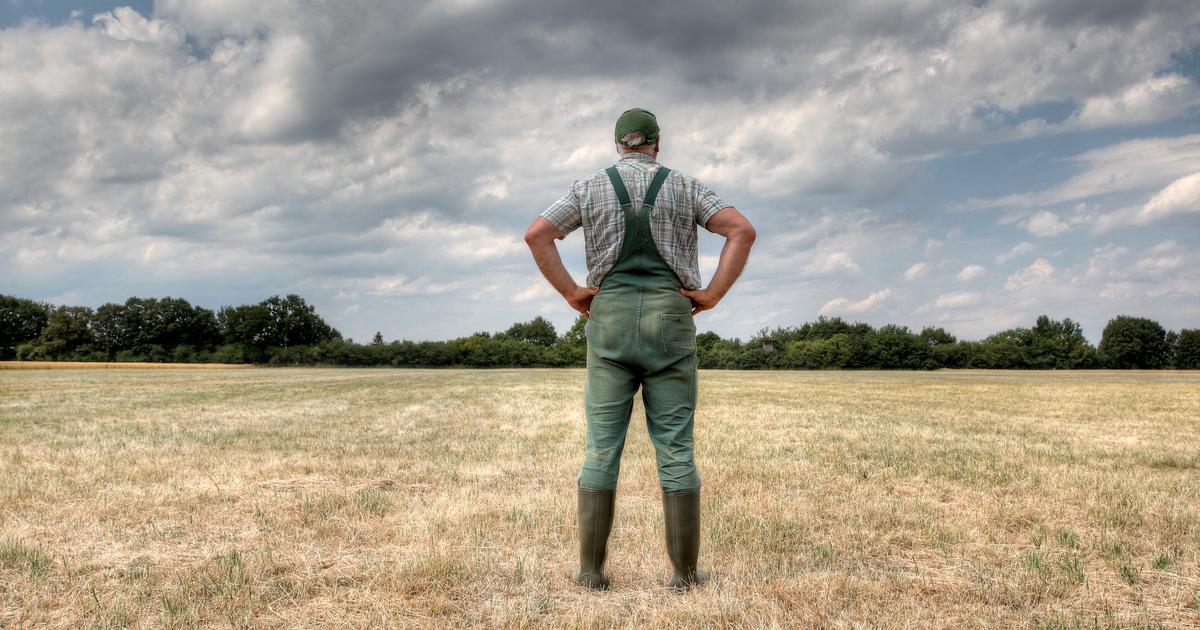Heat and drought lead to low water in German rivers: problems for inland navigation
Created: 08/08/2022 13:01
By: Julia Schöneseiffen
Heat and a lack of rain are causing the water levels in German rivers to drop.
The low water burdens inland shipping and the economy.
St. Goarshausen – Drought and heat are causing the water levels in German rivers to drop.
Inland shipping is increasingly struggling with low water.
Coastal zones are falling dry, new islands are rising and the German Weather Service is still forecasting hardly any precipitation.
As a result, passenger ships and ferries can no longer approach all landing stages and many cargo ships can only be partially loaded, as the Federal Association of German Inland Shipping (BDB) announced in Duisburg.
Freighters have not been able to operate on the Elbe for weeks, it is said.
Low water in the Rhine: water level in Kaub is only 56 centimeters
Not only the Elbe has to struggle with low water, but also the Rhine.
The water level has already fallen below one meter in several places, although the Rhine is on average two meters deep at this time of year.
This means that it carries even more water than three years ago: in October 2018, the lowest water levels ever measured were recorded on the Rhine.
Nevertheless, the lows this year are already problematic - also because they are now moving in the direction of the levels of 2018.
The Kaub narrow point near Koblenz is particularly affected: the water level there is only 56 centimeters.
The ships need a water depth of 1.5 meters to sail through this bottleneck with a full load.
The bottleneck there is important for inland shipping, especially for the route between Koblenz and Bingen.
Drought in Germany: low water also affects the economy
According to BDB Managing Director Jens Schwanen, the low water intensifies the scramble for scarce shipping space in times of the Ukraine war and the energy crisis.
In addition to the high demand from industry, agriculture and trade, there would be coal transports when the coal-fired power plants are restarted.
The Rhine is one of the most important shipping routes in Germany.
Raw materials such as grain, chemicals, minerals, coal and oil products are transported on it by cargo ship.
The low water level is already endangering the supply of coal for the Staudinger 5 power plant in Großkrotzenburg in Hesse.
How long the freighters can still be on the Rhine is unclear.
Commodities such as grain, chemicals, minerals, coal and oil products are transported on the Rhine by cargo ship.
© Thomas Frey/dpa
also read
After a fatal accident in an amusement park: an eyewitness raises serious allegations against the operator
Wacken visitor causes high damage to Bundeswehr tanks
The number of barges is limited and alternatives are scarce.
“Trucks are not a fundamental alternative because we transport so much larger volumes.
Even a 110-meter ship can transport up to 3,000 tons,” explains the BDB boss.
"Distribute that to trucks." And railway companies?
These would also have to serve a strong demand - with a total of too few wagons and train drivers.
Does the low water threaten the earnings of inland navigation workers?
In his own words, BDB Managing Director Schwanen is less concerned about the earnings of the bargemen - because of the so-called small water surcharge: Freight customers have to pay this additionally at low water depending on the water level and contract.
This can make transport noticeably more expensive for them.
The BDB boss is more concerned with the restrictions on federal waterways.
For example, the lower Main needs to be deepened as far as Aschaffenburg.
But this measure is not even planned.
The elimination of six flat areas in the Rhine between Wiesbaden and St. Goar is also particularly important.
Here the fairway is to be deepened from a guaranteed 1.90 meters to a continuous 2.10 meters – by the early 2030s.
The German lakes such as Lake Constance also have to struggle with low water.
(dpa/jsch)









